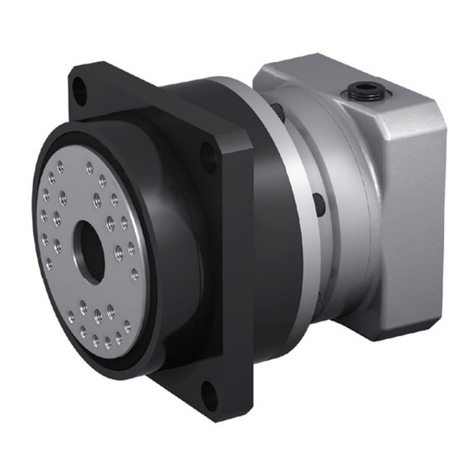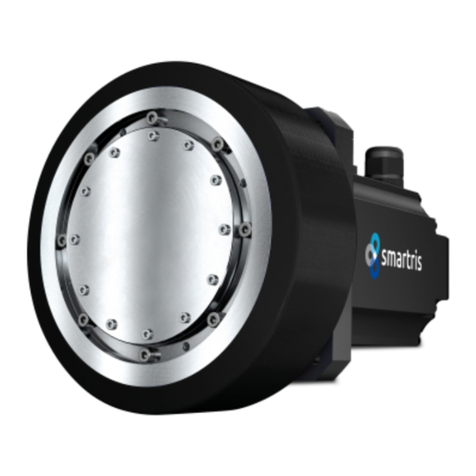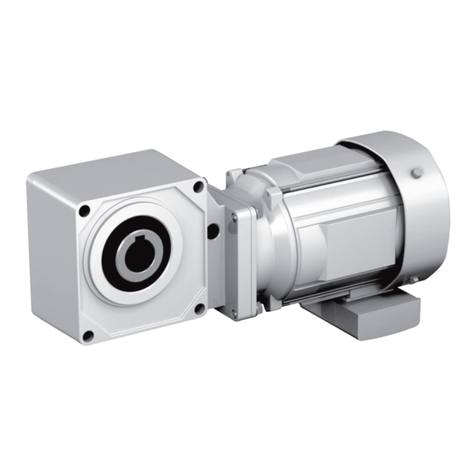
1
Introduction: Safety Precautions
- Carefully read this maintenance manual and all accompanying documents before use (installation,
operation, maintenance, inspection, etc.). Thoroughly understand the machine, information about
safety, and all precautions for correct operation.
Maintain this manual for future reference.
- Pay particular attention to the "DANGER" and "CAUTION" warnings regarding safety and proper use.
Improper handling may result in physical damage, serious personal injury
and/or death.
Improper handling may result in physical damage and/or personal injury.
Matters described in may lead to serious danger depending on the situation.
Be sure to observe important matters described herein.
DANGER
- Transport, installation, plumbing, wiring, operation, maintenance and inspections should be
handled by properly trained technicians; otherwise, electric shock, injury, re, or damage to
the equipment may result.
- In the case of maintenance with disassembly, please contact the nearest authorized
maintenance shop.
- When the unit is to be used in a system for human transport, a protecting device for human
safety should be installed to prevent accidents resulting in personal injury, death, or damage
to the equipment due to running out of control or falling.
- When the unit is to be used in an elevator or lifter, install a protective device on the elevator
side to prevent it from falling; otherwise, personal injury, death, or damage to the equipment
may result.
CAUTION
Please install loss prevention device such as oil pan to the machine which is
vulnerable to oil especially (machine for food processing and machine for clean
room, and so on) in case oil or grease leaks; otherwise, the product may fail
because of oil leakage.































